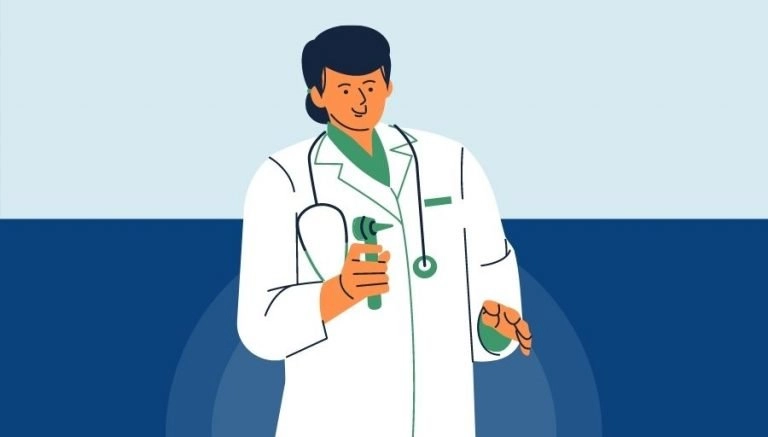How To Use CPT Code 96372
CPT 96372 describes the administration of a therapeutic, prophylactic, or diagnostic injection via subcutaneous or intramuscular route. This article will cover the description, procedure, qualifying circumstances, appropriate usage, documentation requirements, billing guidelines, historical information, similar codes and billing examples.
1. What is CPT Code 96372?
CPT 96372 is used to report the administration of a therapeutic, prophylactic, or diagnostic injection. This code specifically applies to injections given via the subcutaneous or intramuscular route. It does not include the administration of vaccines or toxoids, which have their own specific codes.
2. Official Description
The official description of CPT code 96372 is: ‘Therapeutic, prophylactic, or diagnostic injection (specify substance or drug); subcutaneous or intramuscular.’
3. Procedure
- The physician or a qualified healthcare professional prepares the injection site by cleansing and disinfecting the area with alcohol or a spirit solution.
- A specific volume of the substance or drug to be injected is drawn into a syringe.
- The physician or a qualified healthcare professional administers the injection into the patient’s body through either the subcutaneous or intramuscular route.
4. Qualifying circumstances
CPT 96372 is used when a therapeutic, prophylactic, or diagnostic injection is administered via the subcutaneous or intramuscular route. This code does not include the administration of vaccines or toxoids, which have their own specific codes. The injection must be performed by a physician or a qualified healthcare professional under the direct supervision of a physician.
5. When to use CPT code 96372
CPT code 96372 should be used when reporting the administration of a therapeutic, prophylactic, or diagnostic injection via the subcutaneous or intramuscular route. It is important to note that this code should not be used for the administration of vaccines or toxoids, as they have their own specific codes.
6. Documentation requirements
To support a claim for CPT 96372, the following documentation is required:
- Specific substance or drug administered
- Route of administration (subcutaneous or intramuscular)
- Date of the injection
- Signature of the physician or qualified healthcare professional administering the injection
7. Billing guidelines
When billing for CPT 96372, ensure that the injection is administered via the subcutaneous or intramuscular route. It is important to specify the substance or drug administered. Additionally, do not report CPT 96372 if the injection involves the administration of vaccines or toxoids, as they have their own specific codes.
8. Historical information
CPT 96372 was added to the Current Procedural Terminology system on January 1, 2009. There have been no updates to the code since its addition.
9. Examples
- A physician administering a subcutaneous injection of a pain medication to a patient with chronic pain.
- A nurse administering an intramuscular injection of a vaccine to a child.
- A physician assistant administering a subcutaneous injection of a prophylactic medication to a patient at risk for a specific disease.
- A nurse practitioner administering an intramuscular injection of a diagnostic substance for a patient undergoing a medical test.
- A pharmacist administering a subcutaneous injection of a medication to a patient with a chronic condition.
- A physician administering an intramuscular injection of a therapeutic substance to a patient with a specific medical condition.
- A nurse administering a subcutaneous injection of a prophylactic medication to a patient before a surgical procedure.
- A physician assistant administering an intramuscular injection of a diagnostic substance for a patient participating in a clinical trial.
- A nurse practitioner administering a subcutaneous injection of a therapeutic substance to a patient with a chronic illness.
- A pharmacist administering an intramuscular injection of a medication to a patient in a healthcare facility.


